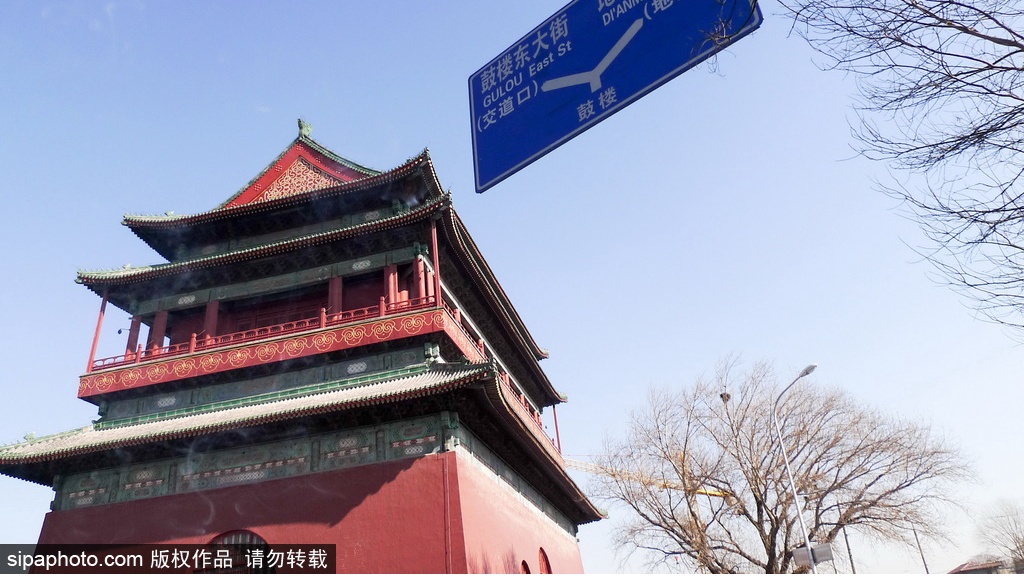
Although printed in 1936, A Map and History of Peiping by Frank Dorn is still usable today as a time traveler treasure map. There's a plethora of interesting spots still extant awaiting your personal discovery, but be warned: like every old map of modernizing Beijing, the hunt for some treasures is an exercise in futility. However, here are places you can't go wrong with when creating your favorite memorable days.
Baiyunguan
Seeing the Daoist White Cloud Temple twice a year is unforgettable. Most Beijingers, foreign and domestic, use chunjie to escape the capital; try using the time off to hit as many temple fairs as possible, beginning with Baiyunguan.
Best days in old BeijingLunar New Year celebrations here predate the Mongol invasion, putting you in touch with deeply-rooted Chinese traditions. The twist of modern times tests your tolerance for human density. A trippy yin-yang conundrum is visiting the White Cloud any other time of year: it seems deserted. The temple always augurs well for those intrigued by Chinese astrology.
Gulou
The Drum and Bell Towers also rank high as a "must do" at least a couple of times every calendar year. Braving frostbite, literally ring in Chinese New Year by striking the nearly 600-year-old bell, forged in the reign of Ming Emperor Yongle. Legend says the foundry's daughter plunged into the molten metal to ensure it came out right. When struck, supposedly you can hear the word for "shoe" in its tone, the only thing dad could grab as she dived her way into legend.
The Year of the Dog was extraordinary for its howling skies, ablaze when the decade-long municipal fireworks ban was lifted. If you go during regular daytime hours, hutong vistas near the Bell Tower wow first-time and long-term visitors alike. Take note of the biggest patch of alleyways, then walk or bike around.
Tried, true and never tired itineraries
Frank Dorn touches upon two routes that are now heavily trampled by tour groups but are worthy of return visits, even for locals. To make the most of these routes, visit and learn about the places for your own enjoyment; reuse them to entertain and impress family, friends or clients; and then, give the program to any pesky visitor to go by themselves.
First is the Yonghegong-Kongmiao-Guozijian tour. Supplement the tourist track by exploring the area east of and behind the Yonghegong (Lama temple) as well as seeing what survives on alleyways north and south of Guozijian.
The second is the entire north side of Fuchengmennei Dajie, a tour which packs in the Lu Xun Museum, Miaoyingsi/Baitasi, Lidaidiwangmiao and the Guangjisi.
You get an early modern Chinese writer, Kublai Khan dagoba, a Ming temple paying obeisance to emperors of all dynasties, then the active believer headquarters of the Patriotic Buddhist Association. Extra fun is found in exploring the alleyways behind the massive white chorten across from Guangjisi on the west of Xisi Beidajie.



